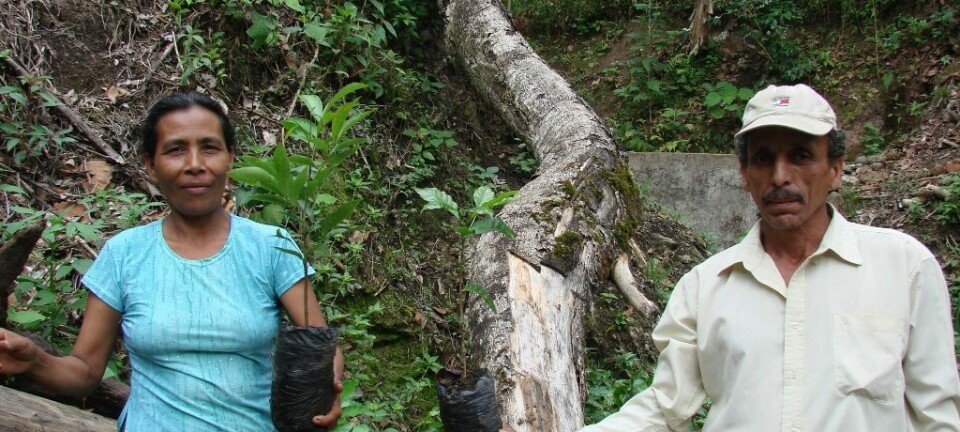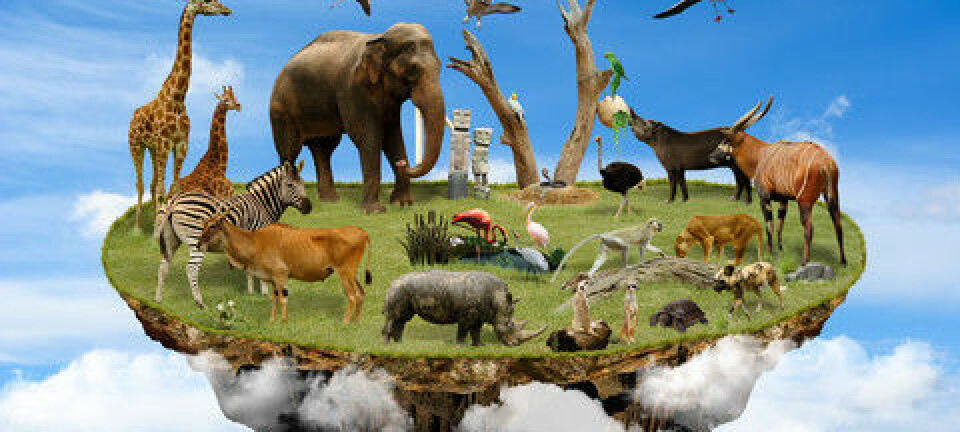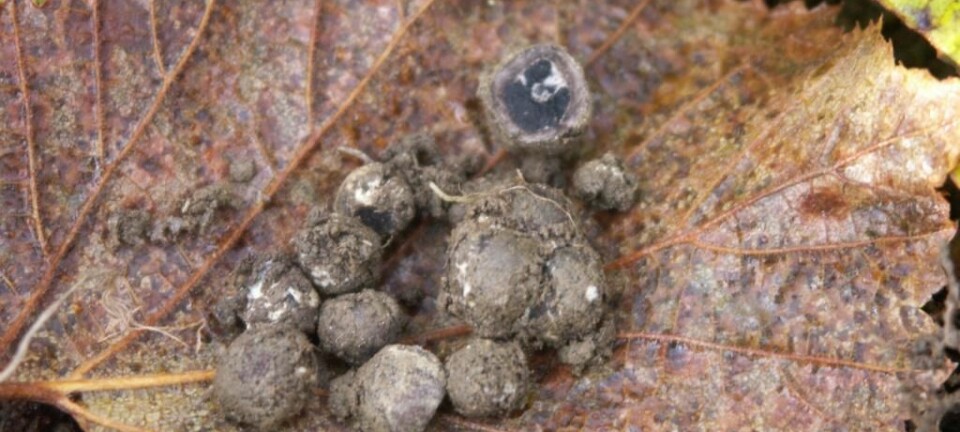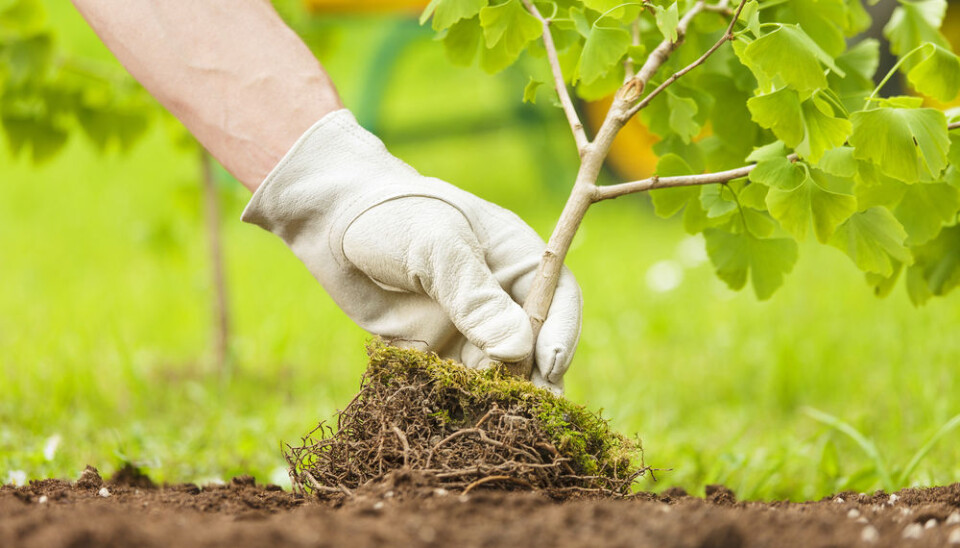
Underground animal world crucial for life above ground
New study shows that subterranean bacteria, worms, and beetles play a critical role in climate and plant life above ground.
A new study shows that bacteria, worms, beetles and other organisms that live underground are just as important as life above ground when it comes to the overall health of ecosystems.
"We know that biodiversity is important above ground, but many people don’t know just how important underground biodiversity is,” says co-author Aimée Classen, an associate professor from the Natural History Museum, University of Copenhagen, Denmark.
“We must turn our attention to these subsurface microorganisms if we want a better understanding of the ecosystems we depend on," she says.
Earth microbes encourage plants to grow
The researchers examined 60 areas of grasslands in China and looked at how many microbes were living underground.
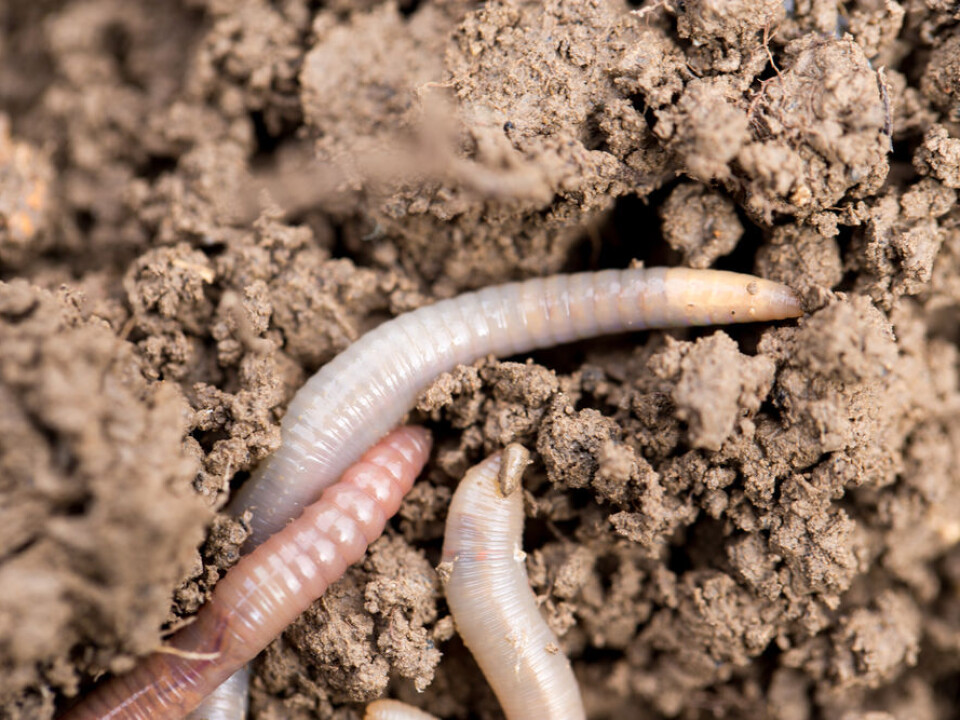
They then studied the range of ecosystem functions that were influenced by the underground species.
According to Classen, previous research has only focused on one function at a time, but ecosystems have several functions all of which are important These include the ability of the soil to support plant life by storing carbon and supplying nutrients, and are affected by rainfall, temperature, soil type, and the amount of plants present.
Her results show that the full range of ecosystem functions varied from site to site and that this could largely be explained by the extent of underground biodiversity.
"We found that when we take the climate into account, the subterranean biodiversity may be as important as the above ground biodiversity when it comes to predicting many important functions in the ecosystem," says Classen.
The new study is published in Nature Communications
Colleague: does soil biodiversity really drive ecosystem functions?
Rasmus Ejrnæs, a senior research fellow at the Department of Bioscience and Biodiversity at Aarhus University, Denmark, has read the study and thinks it is interesting that the researchers look at a relatively understudied group of underground organisms.
"It's rare to study so many things in a single project. The data set is very valuable," he says.
He does point out that the new study does not necessarily prove that biodiversity is the key factor that drives the ecosystem services.
"The study shows a link between biodiversity and ecosystem services within the studied grasslands. However, this is not the same as causality. It could also be true that only a few species cause the positive effects [on ecosystem services] and this subsequently increases biodiversity. These are some very complex issues," says Ejrnæs.
Classen is of the opinion that the results can be used to better understand the Earth's ecosystem.
"If we add the information on soil biodiversity to our models, then we can better predict how ecosystems react to, for example, climate change," says Classen.
-----------------
Read the Danish version of this article on Videnskab.dk
Translated by: Catherine Jex
